Active 1946 – present Role Equipment Support | Country United States Type Group | |
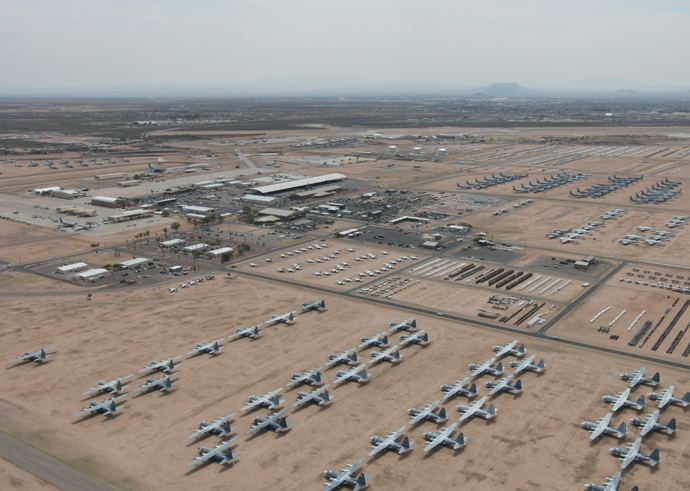 | ||
Garrison/HQ Davis-Monthan Air Force Base Part of Air Force Materiel Command | ||
309th aerospace maintenance and regeneration group amarg documentary
The 309th Aerospace Maintenance and Regeneration Group (AMARG), often called The Boneyard, is a United States Air Force aircraft and missile storage and maintenance facility in Tucson, Arizona, located on Davis-Monthan Air Force Base. AMARG was previously Aerospace Maintenance and Regeneration Center, AMARC, the Military Aircraft Storage and Disposition Center, MASDC, and was established after World War II as the 3040th Aircraft Storage Group.
Contents
- 309th aerospace maintenance and regeneration group amarg documentary
- History
- Lineage
- Storage procedures
- Accessibility
- Use in film and TV production
- References
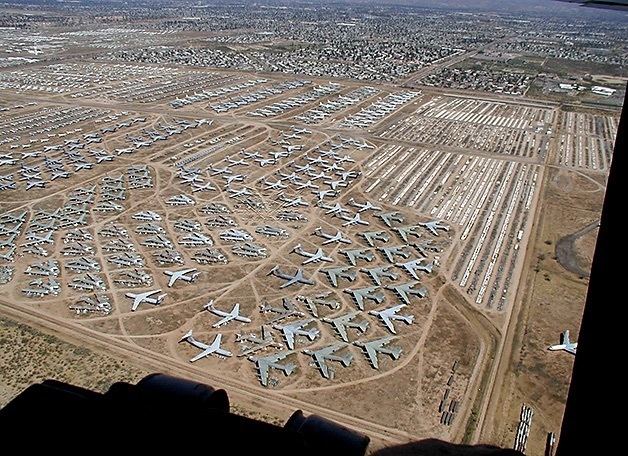
AMARG takes care of more than 4,400 aircraft, which makes it the largest aircraft storage and preservation facility in the world. An Air Force Materiel Command unit, the group is under the command of the 309th Maintenance Wing at Hill Air Force Base, Utah. AMARG was originally meant to store excess Department of Defense and Coast Guard aircraft, but has in recent years been designated the sole repository of out-of-service aircraft from all branches of the US government.
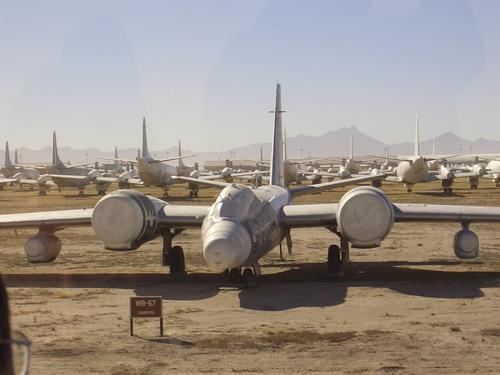
History
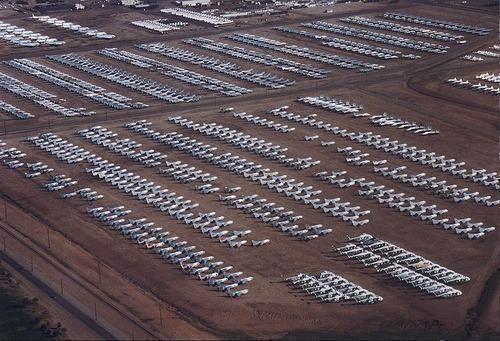
AMARG was established in 1946 as the 4105th Army Air Force Base Unit to house B-29 and C-47 aircraft. Davis-Monthan Air Force Base was chosen because of Tucson's low humidity, infrequent rainfall, alkaline soil and high altitude of 2,550 feet (780 m), reducing rust and corrosion. The hard soil makes it possible to move aircraft around without having to pave the storage areas.
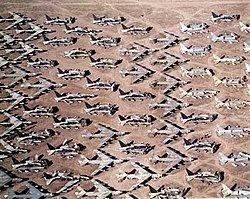
In 1948, after the Air Force's creation as a separate service, the unit was renamed the 3040th Aircraft Storage Depot. In 1965, the depot was renamed the Military Aircraft Storage and Disposition Center (MASDC), and tasked with processing aircraft for all the US armed forces (not just the Air Force). The U.S. Navy had operated its own boneyard at Naval Air Station Litchfield Park at Goodyear, Arizona, for Navy, Marine and Coast Guard aircraft. In February 1965, some 500 aircraft were moved from Litchfield Park to Davis-Monthan AFB. NAS Litchfield Park was finally closed in 1968.
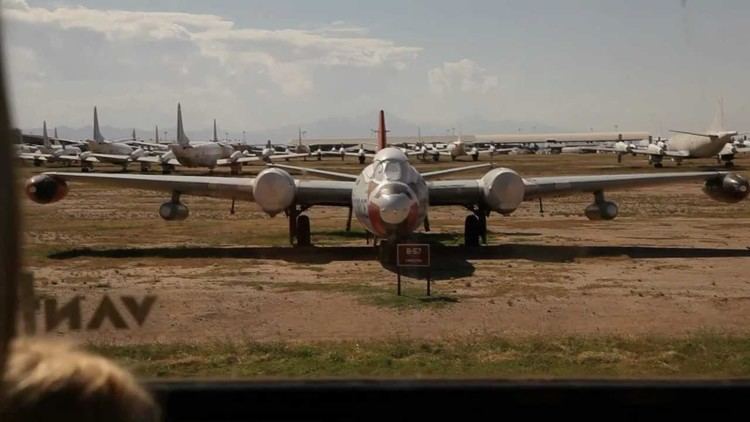
In the 1980s, the center began processing ICBMs for dismantling or reuse in satellite launches, and was renamed the Aerospace Maintenance and Regeneration Center (AMARC) to reflect the expanded focus on all aerospace assets.
In the 1990s, in accordance with the START I treaty, the center was tasked with eliminating 365 B-52 bombers. The progress of this task was to be verified by Russia via satellite and first-person inspection at the facility. Initially, the B-52s were chopped into pieces with a 13,000-pound guillotine winched by a steel cable, supported by a crane. Later on, the tool of choice became K-12 rescue saws. This more precise technique afforded AMARG with salvageable spare parts.
In May 2007, command of AMARG was transferred to the 309th Maintenance Wing, and the center was renamed the 309th Aerospace Maintenance and Regeneration Group.
Lineage
Predecessors
Storage procedures
There are four categories of storage for aircraft at AMARG:
AMARG employs 550 people, almost all civilians. The 2,600 acres (11 km2) facility is adjacent to the base. For every $1 the federal government spends operating the facility, it saves or produces $11 from harvesting spare parts and selling off inventory. Congressional oversight determines what equipment may be sold to which customer.
An aircraft going into storage undergoes the following treatments:
The Group annually in-processes an undisclosed number of aircraft for storage and out-processes a number of aircraft for return to the active service, either repainted and sold to friendly foreign governments, recycled as target or remotely controlled drones or rebuilt as civilian cargo, transport, and/or utility aircraft. There is much scrutiny over who (civilians, companies, foreign governments) can buy what kinds of parts. At times, these sales are canceled. The Air Force for example reclaimed several F-16s from AMARG for the Strike Fighter Tactics Instructor Courses which were originally meant to be sold to Pakistan, but never delivered due to an early-90's embargo.
Accessibility
AMARG is a controlled-access site, and is off-limits to anyone not employed there without the proper clearance. The only access for non-cleared individuals is via a bus tour which is conducted by the nearby Pima Air & Space Museum. Bus tours are on Monday to Friday.
Use in film and TV production
AMARG has also been site of filming for scenes in several films and television productions, despite the security of AMARG and the base in general. The most recent and notable of these is Transformers: Revenge of the Fallen. The exterior scenes of the Smithsonian set were actually filmed in the Boneyard. The background of several shots can be clearly recognized while looking toward the fence-line from one of the major streets that run along the perimeter.
Other works include the 1987 film Can't Buy Me Love, the 1991 film Harley Davidson and the Marlboro Man; the music video for Tom Petty and the Heartbreakers' song "Learning To Fly"; and various other productions, including a brief shot in Baraka. The Boneyard was also featured in an episode of TNT's The Great Escape. In it, contestants had to find their way out of the maze of aircraft and equipment.
